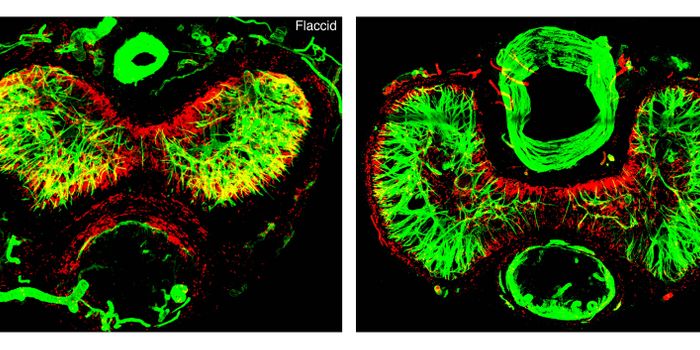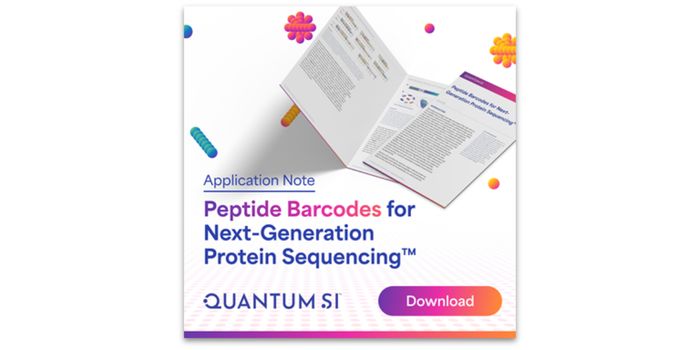Molecularly Attacking Transthyretin Amyloidosis (ATTR)
Transthyretin amyloidosis (ATTR) is a slowly progressive disease characterized by the buildup of abnormal deposits of a protein known as amyloid present in the body's organs and tissues. Amyloid deposits most frequently occur in the peripheral nervous system, which affect the nerves that connect the brain and spinal cord to muscles and sensory cells that detect sensations such as touch, pain, heat, and sound.
There are three distinct forms of the ATTR family which are progressive and deadly. These forms are wild-type ATTR cardiomyopathy, mutant ATTR cardiomyopathy, and ATTR polyneuropathy. All these forms are progressive and deadly, and currently no disease-modifying therapies exist that have been approved by the FDA. The progression of all types of ATTR lead to morbidity which causes loss of productivity and quality of life.
Now, a clinical stage biopharmaceutical company known as Eidos Therapeutics, Inc is developing novel oral therapy to treat ATTR, this oral therapy is a drug called AG10. “Our clinical data demonstrate that AG10 has a safe, well-tolerated profile and is able to stabilize 100% of plasma TTR at peak concentrations and provide average levels of stabilization greater than 95% at steady-state,” says Neil Kumar, the CEO of Eidos. “Given that increasing levels of stabilization have yielded progressively better clinical results in past trials, our near-complete levels of stabilization suggest that AG10 could be a best-in-class solution. We are targeting ATTR at its source by stabilizing TTR, an approach that is validated by genetics and clinical data.”AG10 works to target ATTR at its roots by binding and stabilizing the TTR tetramers since it is the destabilization that progresses the development of ATTR. In particular, the Eidos’ approach copies a naturally-occurring genetic mutation known as T119M that prevents high-risk individuals from developing ATTR. This form of protection works by stabilizing the TTR tetramer.

When AG10 binds to tetrameric TTR, it creates molecular bonds at the same regions as T119M, which “super-stabilizes” TTR and enhancing survival. The binding highlights the ability of AG10’s, at the highest blood concentrations, to stabilize tetrameric TTR and stop its dissociation into disease-leading TTR monomers. Previous clinical trials in ATTR demonstrate that inhibiting the generation of TTR monomers from circulating in the bloodstream significantly improves clinical outcomes. Eidos believes that AG10 may the best therapeutic treatment. “ATTR diseases are a large and growing unmet need, and together, they represent one of the largest genetically-defined diseases with inadequate standard of care,” says Rajeev Shah, the managing director and portfolio manager at RA Capital which finances Eidos. “We look forward to working with Eidos’ proven management team to bring a disease-modifying treatment for ATTR to market as quickly as possible.”
Sources: Genetics Home Reference, Drug Discovery News
-
MAY 07, 2024Is It Anti-RNP or Anti-Sm/RNP?
- See More
-
APR 30, 2024Immuno-Oncology Virtual Event Series 2024
-
MAY 07, 20243rd International Biosecurity Virtual Symposium
-
JUN 06, 2024The Future of Scientific Conferencing
- See More

















































